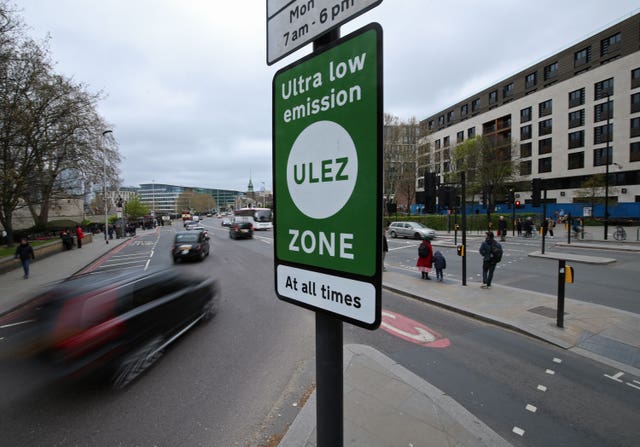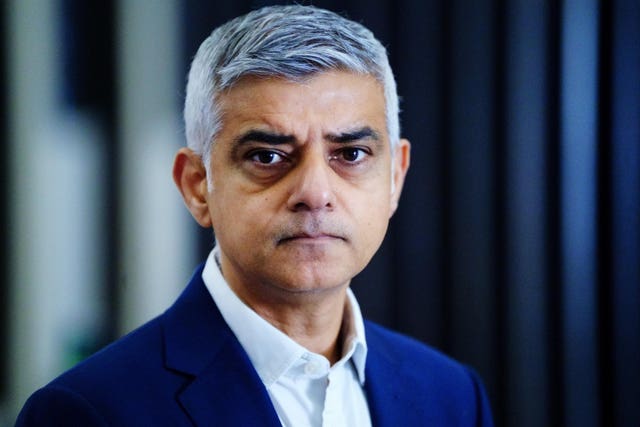
London’s ultra-low emission zone (Ulez) for older vehicles will be expanded from August next year.
Here the PA news agency answers 10 key questions about the scheme and how it affects drivers.

– When and why was the Ulez created?
It was launched in April 2019 to clean up London’s air.
– How bad is air quality in the capital?
An estimated 4,000 Londoners die prematurely each year from conditions related to air pollution.
– How does Ulez help?
It disincentivises drivers from using the most polluting vehicles by charging them a daily fee for entering the zone.
– How much is the fee?
The charge for vehicles which do not comply with minimum emissions standards is £12.50 for cars, smaller vans, motorbikes and other lighter vehicles.
The fee for non-compliant larger vehicles such as lorries, buses and coaches is £100 under the low emission zone scheme.

– How do I avoid the fee when driving in the zone?
Ensure your vehicle meets the minimum emissions standard.
For petrol cars that means those generally first registered after 2005.
Most diesel cars registered after September 2015 are exempt from the charge.
– When does the Ulez operate?
All day, every day, except Christmas Day.
– How soon after a journey do I need to pay?
You have until midnight on the third day following the journey.
– What happens if I am liable to the charge but do not pay?
Failing to pay can result in a penalty charge notice of £160, reduced to £80 for early payment.
– What area is currently covered by the Ulez?
The zone initially covered the same area of central London as the congestion charge.
Since October 25 last year it has included everywhere within the North and South Circular roads.
– How significant is the August 2023 expansion?
The zone will be 18 times larger, covering all London boroughs.


Why are you making commenting on The National only available to subscribers?
We know there are thousands of National readers who want to debate, argue and go back and forth in the comments section of our stories. We’ve got the most informed readers in Scotland, asking each other the big questions about the future of our country.
Unfortunately, though, these important debates are being spoiled by a vocal minority of trolls who aren’t really interested in the issues, try to derail the conversations, register under fake names, and post vile abuse.
So that’s why we’ve decided to make the ability to comment only available to our paying subscribers. That way, all the trolls who post abuse on our website will have to pay if they want to join the debate – and risk a permanent ban from the account that they subscribe with.
The conversation will go back to what it should be about – people who care passionately about the issues, but disagree constructively on what we should do about them. Let’s get that debate started!
Callum Baird, Editor of The National
Comments: Our rules
We want our comments to be a lively and valuable part of our community - a place where readers can debate and engage with the most important local issues. The ability to comment on our stories is a privilege, not a right, however, and that privilege may be withdrawn if it is abused or misused.
Please report any comments that break our rules.
Read the rules here